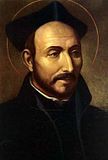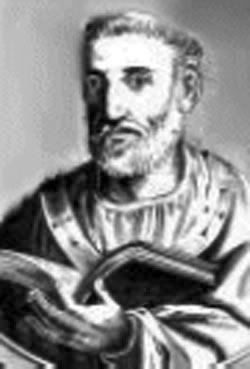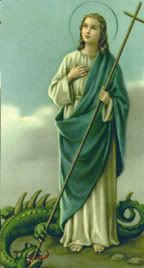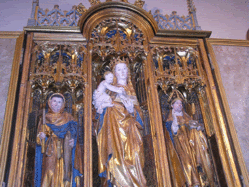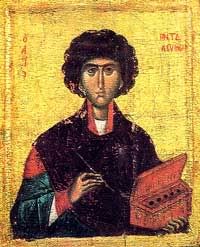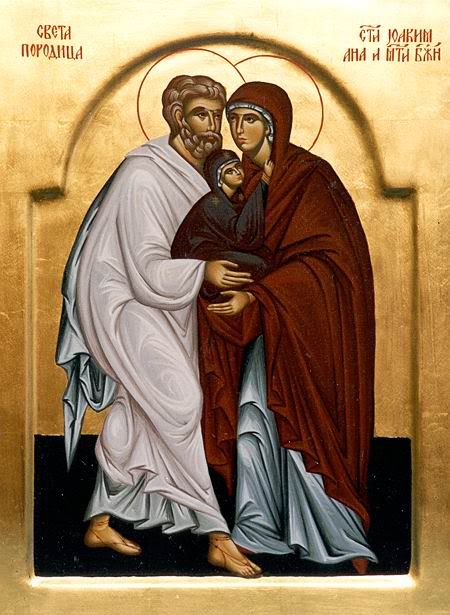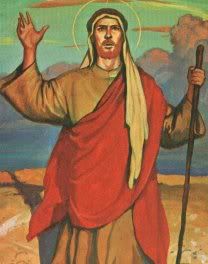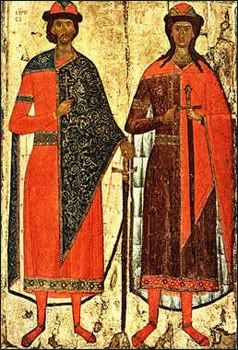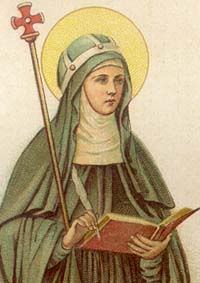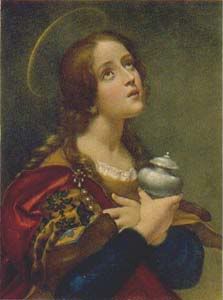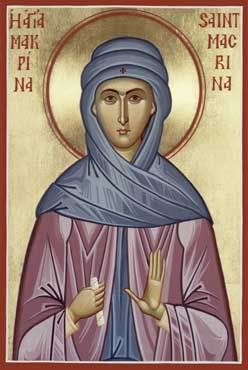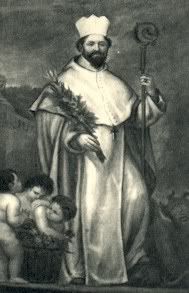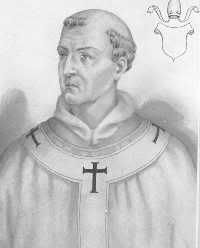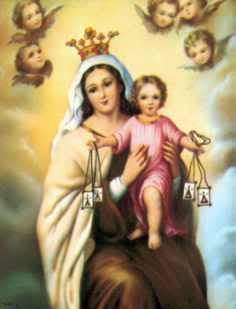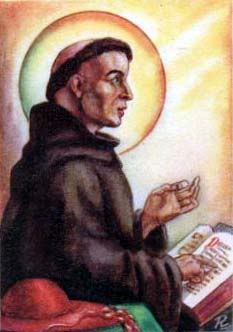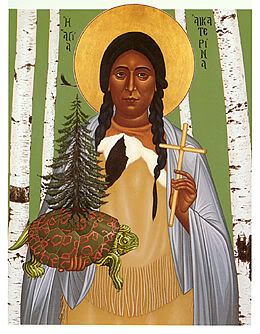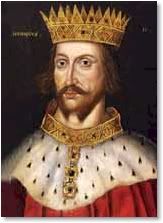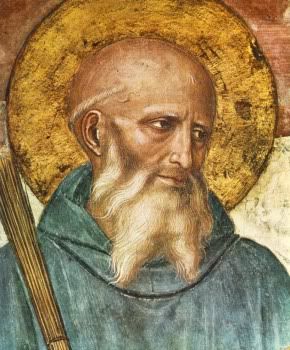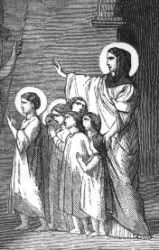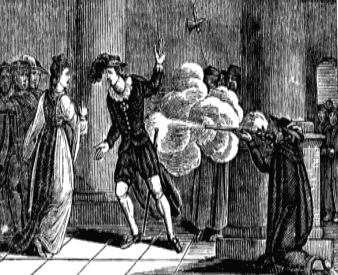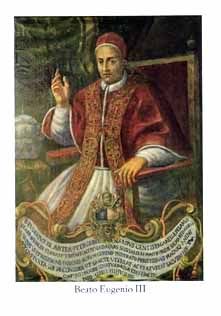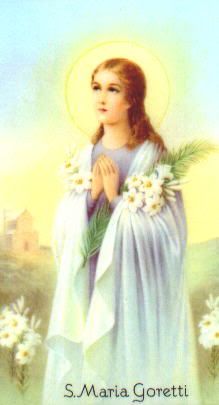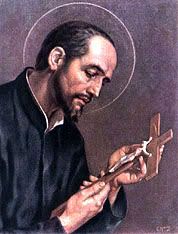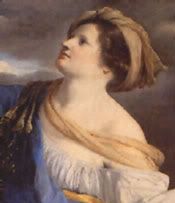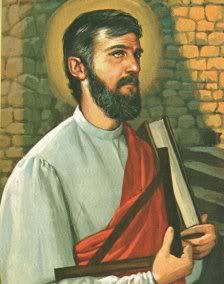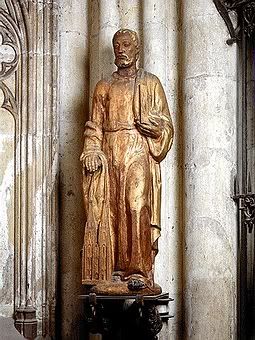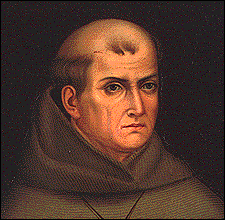August 1 - ST. ALPHONSUS LIGUORI
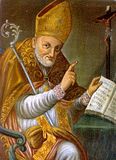
AUGUST 1
ST. ALPHONSUS LIGUORI
Alphonsus was born near Naples, Italy, in 1732. He was a hard-working student. He received his degree in law and became a famous lawyer. A mistake he made in court convinced Alphonsus of what he had already thought: he should give up his law practice and become a priest. His father tried to persuade him not to do it. However, Alphonsus had made up his mind. He became a priest. His life was filled with activity. He preached and wrote books. He started a religious congregation called "Redemptorists." Alphonsus offered wise spiritual direction and brought peace to people through the sacrament of Reconciliation. He also wrote hymns, played the organ and painted pictures.
St. Alphonsus wrote sixty books. This is incredible considering his many other responsibilities. He also was often sick. He had frequent headaches, but would hold something cold against his forehead and keep doing his work.
Although he was naturally inclined to be hasty, Alphonsus tried to control himself. He became so humble that when Pope Pius VI wanted to make him a bishop in 1798, he gently said "no." When the pope's messengers had come in person to tell him of the pope's choice, they called Alphonsus "Most illustrious Lord." Alphonsus said, "Please don't call me that again. It would kill me." The pope helped Alphonsus understand that he really wanted him to be a bishop. Alphonsus sent many preachers all over his diocese. The people needed to be reminded again of the love of God and the importance of their religion. Alphonsus told the priests to preach simple sermons. "I never preached a sermon that the simplest old woman in the church could not understand," he said.
As he got older, St. Alphonsus suffered from illnesses. He had painful arthritis and became crippled. He grew deaf and almost blind. He also had disappointments and temptations. But he had great devotion to the Blessed Mother as we know from his famous book called the Glories of Mary. The trials were followed by great peace and joy and a holy death.
Alphonsus died in 1787 at the age of ninety-one. Pope Gregory XVI proclaimed him a saint in 1839. Pope Pius IX proclaimed him a Doctor of the Church in 1871.
